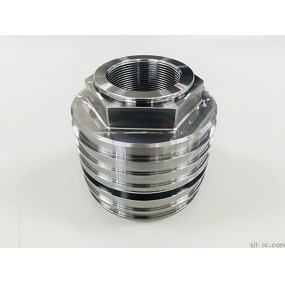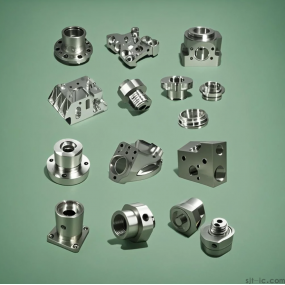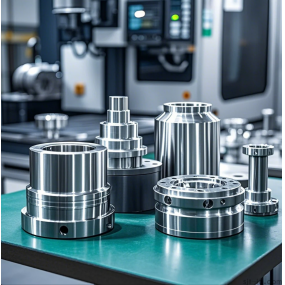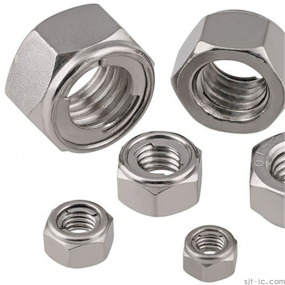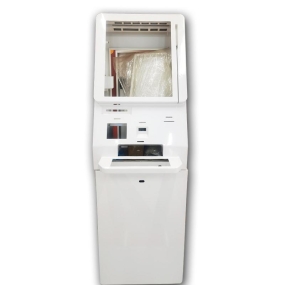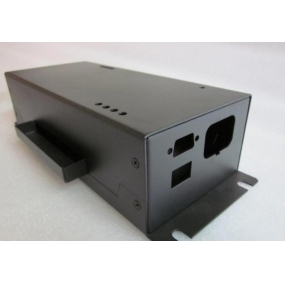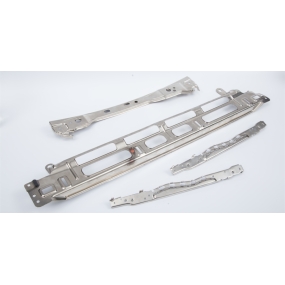The common quality problems in precision Sheet Metal Processing mainly include material deformation, poor surface quality, dimensional deviation, and poor assembly. Below, we will provide a detailed introduction to these common problems and their corresponding solutions.
1. Material deformation
Materials are prone to deformation during processing, mainly manifested as twisting, bending, and other problems. The reasons for material deformation may be improper setting of processing parameters, unreasonable mechanical properties of materials, etc.
resolvent:
(1) Reasonable material selection: Choose suitable materials according to actual requirements, with good strength and toughness.
(2) Reasonably arrange process parameters: Based on the characteristics of materials and processing requirements, set reasonable process parameters to minimize deformation as much as possible.
(3) Using appropriate fixtures: Designing and selecting appropriate fixtures can ensure good positioning of materials during processing and avoid deformation.
2. Poor surface quality
Surface quality is an important criterion for judging product quality, manifested as scratches, dents, oxidation, and other issues. The reasons for poor surface quality may be improper material selection, tool wear, unreasonable processing technology, etc.
resolvent:
(1) Choose appropriate materials: The materials should have good wear resistance and surface smoothness, which can ensure good surface quality of the processed products.
(2) Reasonable selection of cutting tools: The material and structure of the cutting tools should be chosen reasonably, and the wear of the tools should be checked and replaced in a timely manner to ensure the surface quality of the processed products.
(3) Reasonably optimize processing technology: Based on the actual situation, select processing technology parameters such as feed rate, cutting depth, etc. to improve surface quality.

3. Dimensional deviation
In the process of precision sheet metal processing, dimensional deviation is a common quality problem, mainly manifested as the size not meeting the design requirements. The reasons for size deviation may be unreasonable processing technology, equipment errors, inaccurate measurements, etc.
resolvent:
(1) Reasonable control of processing technology: Based on actual requirements, set processing technology parameters reasonably, minimize processing errors as much as possible, and improve processing accuracy.
(2) Ensure equipment accuracy: The accuracy of the equipment has a significant impact on the control of machining dimensions, and regular maintenance and calibration of the equipment should be carried out to ensure stable accuracy.
(3) Use appropriate measuring tools: Select appropriate measuring tools for size measurement to ensure measurement accuracy.
4. Poor assembly
Precision sheet metal processing products may require assembly, and poor assembly can directly affect the quality and functionality of the product. The reasons for poor assembly may be low machining accuracy, improper process control, and unskilled assembly workers.
resolvent:
(1) Improve machining accuracy: Strengthen the control of machining accuracy, ensure the consistency of part dimensions, and avoid assembly defects caused by machining errors.
(2) Optimize process control: Strengthen control over assembly processes, set assembly parameters reasonably, and improve assembly efficiency and quality.
(3) Strengthen worker training: Provide technical training and guidance to assembly workers to improve their operational skills and assembly quality.
In summary, common quality issues in precision sheet metal processing include material deformation, poor surface quality, dimensional deviations, and poor assembly. To address these issues, we can improve the quality of precision sheet metal processing products by selecting materials reasonably, optimizing process parameters, using appropriate fixtures and tools, strengthening equipment maintenance and calibration, using appropriate measuring tools, enhancing process control, and worker training.


 Spanish
Spanish Arabic
Arabic French
French Portuguese
Portuguese Belarusian
Belarusian Japanese
Japanese Russian
Russian Malay
Malay Icelandic
Icelandic Bulgarian
Bulgarian Azerbaijani
Azerbaijani Estonian
Estonian Irish
Irish Polish
Polish Persian
Persian Boolean
Boolean Danish
Danish German
German Filipino
Filipino Finnish
Finnish Korean
Korean Dutch
Dutch Galician
Galician Catalan
Catalan Czech
Czech Croatian
Croatian Latin
Latin Latvian
Latvian Romanian
Romanian Maltese
Maltese Macedonian
Macedonian Norwegian
Norwegian Swedish
Swedish Serbian
Serbian Slovak
Slovak Slovenian
Slovenian Swahili
Swahili Thai
Thai Turkish
Turkish Welsh
Welsh Urdu
Urdu Ukrainian
Ukrainian Greek
Greek Hungarian
Hungarian Italian
Italian Yiddish
Yiddish Indonesian
Indonesian Vietnamese
Vietnamese Haitian Creole
Haitian Creole Spanish Basque
Spanish Basque

